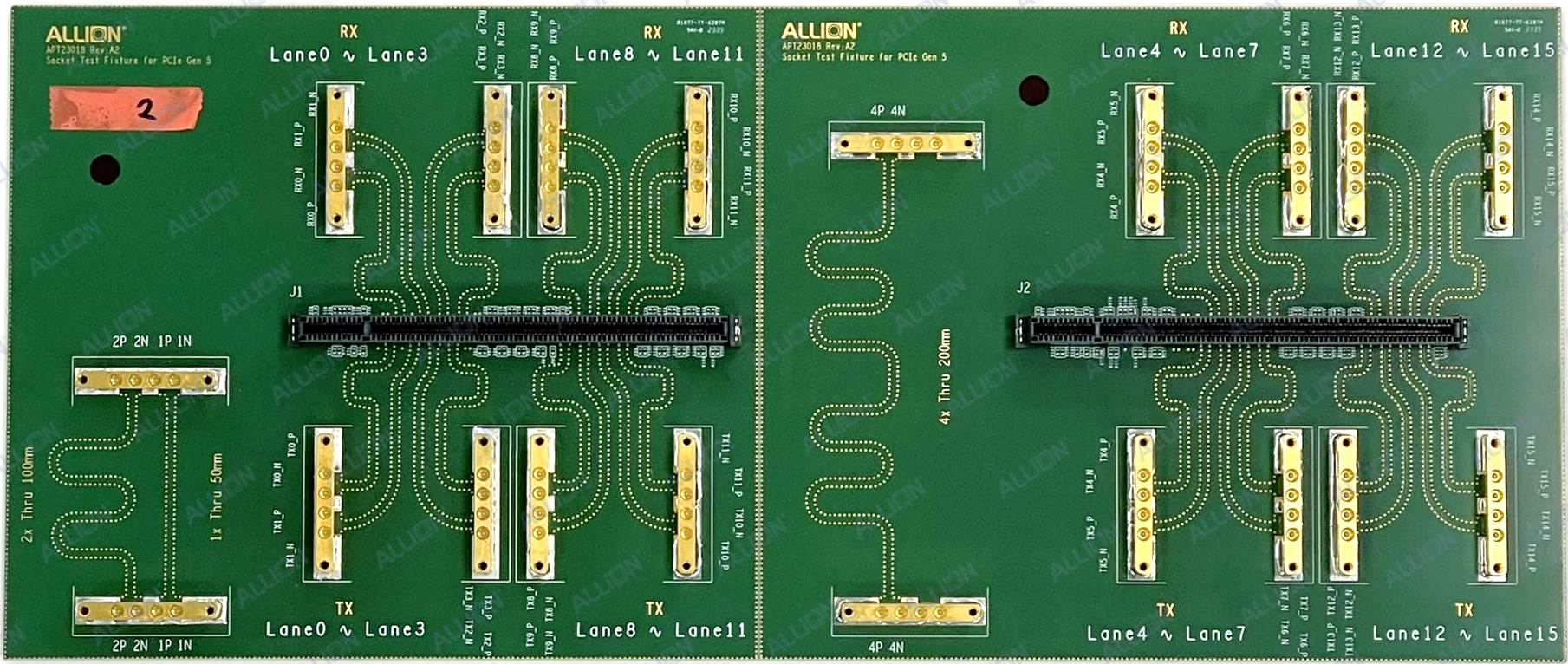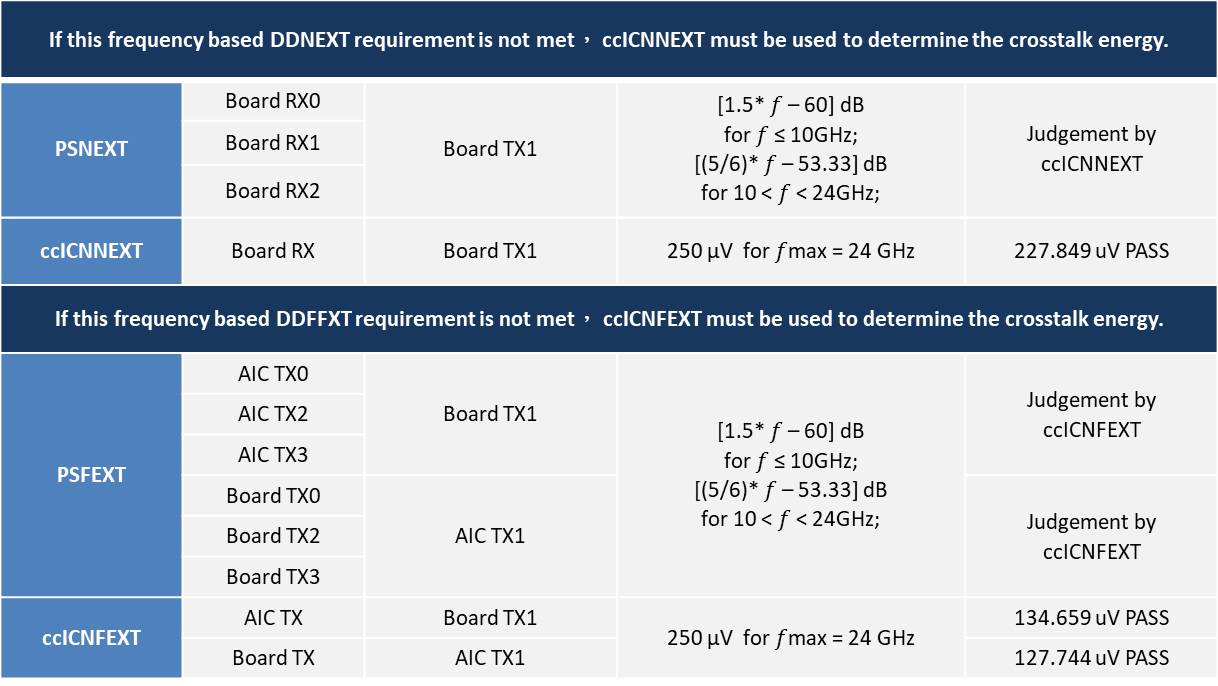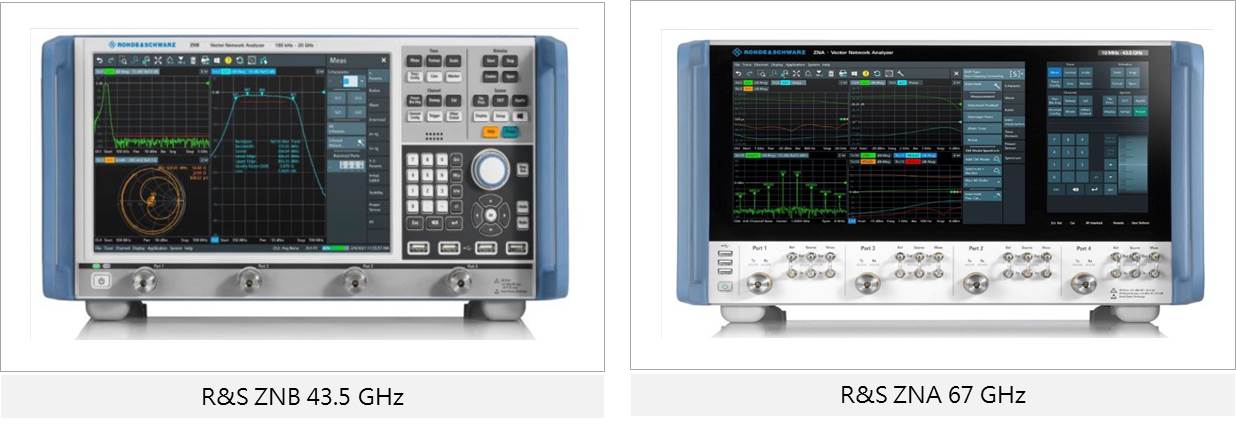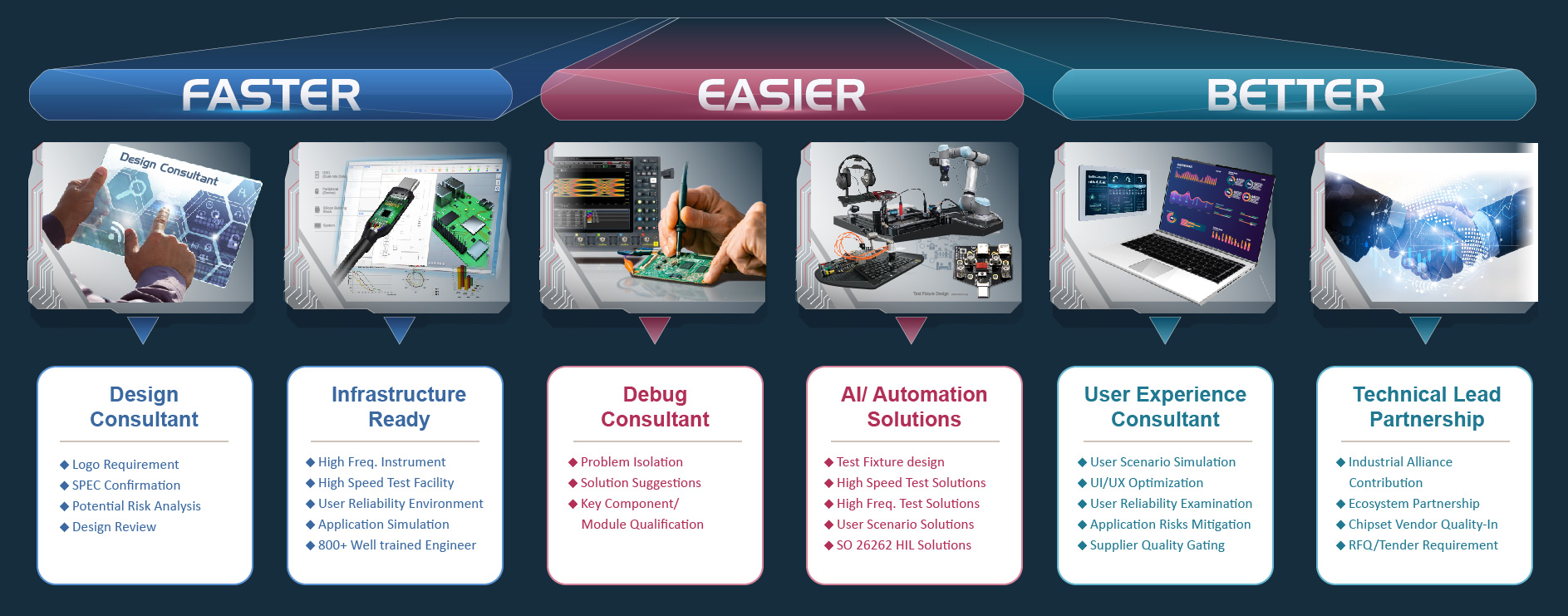About PCIe:
PCIe is a high-speed serial bus interface that connects the motherboard of a computer with various expansion cards to facilitate data transmission and communication. Since its conceptualization as 3GIO (Third Generation I/O) by Intel at IDF (Intel Developer Forum) in 2001, officially named PCIe the following year, PCIe has become a new standard in the PC industry. The high bandwidth design of PCIe allows it to support a wide range of applications and demands. From the initial Gen 1, with a transmission speed of only 2.5 GT/s (Giga Transfers per second) per lane, to the now popular Gen 5, boasting a transmission speed of up to 32.0 GT/s per lane, an increase of 12.8 times, which is highly beneficial for various applications such as Storage, VGA, or fields requiring large data transmission for computation. However, when faced with such high-speed PCIe Gen 5 interfaces, the verification process is undoubtedly more stringent than previous Gen 3/4 generations, which poses a challenge for many manufacturers.
Verification Content and the Serious Potential Risks It Imposes
Products requiring PCIe Gen 5 verification must address the following three main aspects:
1. Is the fixture board design suitable?
2. Is the design carried out according to the PCIe-SIG PCIe Gen 5 specification by the association?
3. Can the designed fixture board pass the PCIe-SIG PCIe Gen 5 test standards?
The PCIe Gen 5 specification sets strict standards on S-Parameters such as IL/RL/FEXT/NEXT compared to previous Gen 3/Gen 4, aiming to prevent users from having unpleasant experiences with PCIe Gen 5 devices. This is the original intention behind Allion’s development of the PCIe Gen 5 Socket CEM board – to assist customers in solving product verification problems early on, thereby enhancing product competitiveness and market share.
Allion Provides Comprehensive Solutions:
To assist manufacturers wishing to develop PCIe Gen 5 devices in verifying compliance with association specifications, Allion has produced a PCIe 5.0 Socket CEM board for verifying high-frequency signals. Its features include the use of SMPM connectors, which not only facilitate and simplify connection testing with SMA Cables but also provide a testing environment for the remaining 12 lanes apart from the current Cable verification for the first 4 lanes. This is particularly useful for manufacturers with current or future needs for testing with a complete 16-lane setup.
The figure below shows Allion’s PCIe 5.0 Socket CEM board:

The first two figures show the actual measurements of Allion PCIe 5.0 Socket CEM board TX0’s IL/RL, as well as the overall NEXT/FEXT results (for reference only).


*AIC: Intel PCIe Gen 5 Add-in Card
Allion also possesses advanced Vector Network Analyzers with a bandwidth of up to 67GHz, capable of accurately measuring the high-frequency characteristics of fixtures, presenting real and accurate design results.

Advantages of Allion in Standard Fixture or Custom Fixture Design:
Faster
With over 30 years of professional experience, a skilled technical team, and comprehensive testing environments and high-spec equipment, Allion can provide fast and accurate measurement results after completing fixture design.
Easier
Providing one-stop fixture design and product measurement services, working closely with customers to ensure strict quality control of products.
Better
With years of rich project experience and the ability to interpret instrument curves, Allion can provide solution recommendations to help customers solve problems and accelerate time to market for products.

If you have further needs for consulting services related to fixture design, please contact us. The Allion service team is dedicated to serving you sincerely!






































